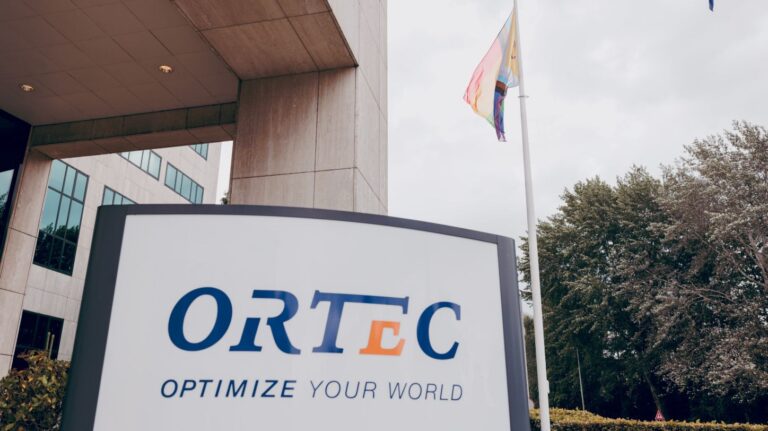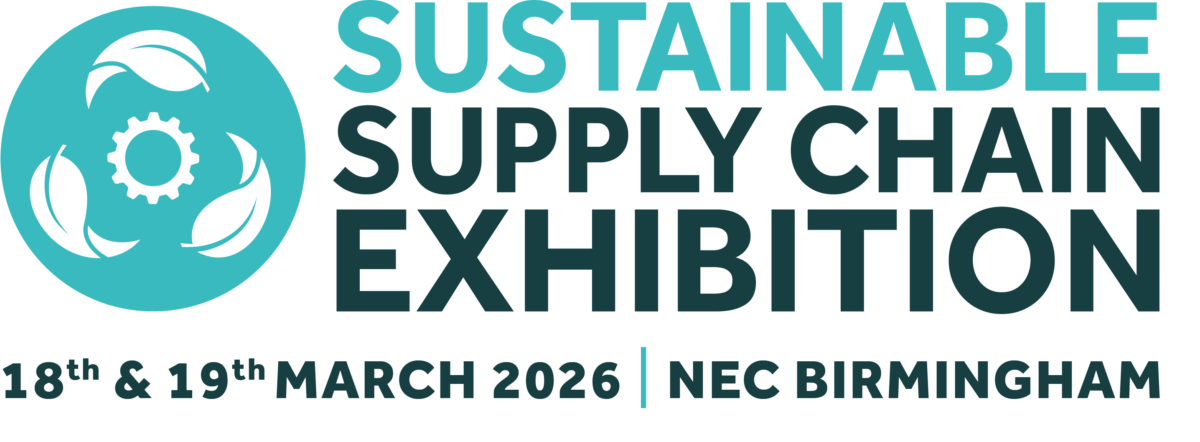Today’s supply chains face constant challenges – from extreme weather and global tensions to staffing issues and changing customer demands. Being efficient is no longer enough. Companies need to be flexible and ready to respond to the unexpected.

That’s the view of Frans van Helden, executive vice president at ORTEC Supply Chain Planning. “Traditional planning isn’t enough anymore,” he explains. “Logistics leadership means embracing agility and creating systems that adapt to whatever lies ahead.”
More and more businesses are realising that focusing only on internal performance – reducing costs, saving miles, managing resources – won’t lead to long-term success. What matters now is working in sync with suppliers, partners and customers in a fast-moving environment.
And that reality is complex: drivers make judgment calls, disruptions appear out of nowhere, and systems must keep evolving. “We see companies struggling not because they lack good intentions or capable people, but because their tools and processes are rigid, disconnected or outdated,” he says. “That’s where we come in.”
From optimisation to orchestration
ORTEC’s customers span industries with complex logistical demands – retail, manufacturing, energy – and while their operational challenges differ, their strategic ambitions often converge. “They want to move beyond optimisation and toward orchestration,” says Van Helden. “And that requires a different way of thinking.”
Instead of planning one ideal scenario, ORTEC helps organisations prepare for many. “The future isn’t a straight line,” Van Helden notes. “We build planning systems that incorporate scenarios, a likely Plan A, a fallback Plan B, and sometimes even a Plan C for the unexpected. That way, you’re not just efficient, you’re adaptable.”
This approach blends advanced forecasting with real-time insights. ORTEC’s software enables dynamic planning that can adjust to last-minute changes: a sick driver, a traffic jam or a delayed shipment. But the real value lies in what happens after the plan is made. “Good logistics isn’t just about planning. It’s about learning from execution,” Van Helden explains. “Why does a certain route always get delayed? Why are specific deliveries frequently rescheduled? That feedback loop is how you get better, and smarter.”
Embracing the human factor
Planning is often seen as a technical process, inputs, outputs, algorithms. But Van Helden insists that the human element is just as critical. “Drivers, planners, dispatchers, they’re not just executors of the plan. They make decisions based on context, intuition and experience,” he says. “And sometimes, they know something your system doesn’t. Maybe a driver avoids a prescribed route because he knows there’s construction. Or he drops off a shipment early at a stop where he’s always welcomed with coffee, and that improves his whole day.”
That’s why ORTEC designs its systems with people in mind. Planners need intuitive tools, not just streams of raw data. Drivers need routes that work in practice, not just on paper. And management needs visibility, the kind that shows what’s happening in the field, in real time. “When you present data visually, on a map, with context, you create insight,” says Van Helden. “You give teams the ability to make targeted improvements. And that makes the system not just smarter, but more robust.”
Logistics as a strategic lever
Cost reduction is often the starting point for supply chain innovation, but increasingly, it’s not the end goal. “We work with companies that use the savings from logistics optimisation to reinvest in reliability, customer experience or sustainability,” says Van Helden. “One customer, for example, wanted to improve their Net Promoter Score. The business case started with reducing transport costs, but the real ambition was to deliver more predictably, with full transparency to the end customer. That’s how logistics becomes a strategic differentiator.”
Sustainability is another priority that now plays a central role. Van Helden says: “Deliveries with electric vehicles have different constraints, range, charging time, and that needs to be built into your system from the start. Efficiency and sustainability are no longer separate tracks. They’re intertwined. And it’s not just about vehicles. Customers expect greener operations across the board: fewer miles, smarter routes, lower emissions.”
Mind the digital gap
Technology holds enormous promise – AI, real-time tracking, predictive modelling – but only if it’s actually used. “We see companies that have made big investments in systems, but they’re not extracting value from them because the organisation isn’t ready,” Van Helden warns. “That’s the digital gap.”
And you can’t close that gap overnight. “It’s not just about software. It’s your processes, your data quality, your mindset. If you’ve fallen behind, it takes more than a budget to catch up. It takes leadership,” he adds.
Companies that fail to act now risk losing more than money. “You’ll lose talent. You’ll miss innovation. You’ll become less attractive to partners,” says Van Helden. That’s why ORTEC takes a step-by-step approach: understand where you are today, identify the barriers, and build from there.
Planning for the real world
In the end, logistics success is measured not by plans, but by outcomes. Can you deliver on time? Can you adapt when the unexpected happens? Can your people work with, not against, your system?
For Van Helden, the answer lies in combining technology, process and people into one cohesive whole. “A good logistics system is not just efficient. It’s resilient. It’s intuitive. It gives you options when things change. Because they will.”
That, he says, is what logistics leadership looks like today: “It’s about visibility, adaptability, and putting people in a position to succeed. Because supply chain performance isn’t just an internal KPI anymore. It’s how your customers experience your brand. It’s the reality that delivers on your promise.”
For an in-depth exploration of ORTEC’s approach to adaptive supply chains and logistics leadership, click here to read the full interview!







